LED products billed as eco-friendly contain toxic metals, study finds
February 10th, 2011 in Space & Earth / Environment
Those light-emitting diodes marketed as safe, environmentally preferable alternatives to traditional lightbulbs actually contain lead, arsenic and a dozen other potentially hazardous substances, according to newly published research.
“LEDs are touted as the next generation of lighting. But as we try to find better products that do not deplete energy resources or contribute to global warming, we have to be vigilant about the toxicity hazards of those marketed as replacements,” said Oladele Ogunseitan, chair of UC Irvine’s Department of Population Health & Disease Prevention.
He and fellow scientists at UCI and UC Davis crunched, leached and measured the tiny, multicolored lightbulbs sold in Christmas strands; red, yellow and green traffic lights; and automobile headlights and brake lights. Their findings? Low-intensity red lights contained up to eight times the amount of lead allowed under California law, but in general, high-intensity, brighter bulbs had more contaminants than lower ones. White bulbs had the least lead, but contained high amounts of nickel.
“We find the low-intensity red LEDs exhibit significant cancer and noncancer potentials due to the high content of arsenic and lead,” the team wrote in the January 2011 issue of Environmental Science & Technology, referring to the holiday lights. Results from the larger lighting products will be published later, but according to Ogunseitan, “it’s more of the same.”
Lead, arsenic and many additional metals discovered in the bulbs or their related parts have been linked in hundreds of studies to different cancers, neurological damage, kidney disease, hypertension, skin rashes and other illnesses. The copper used in some LEDs also poses an ecological threat to fish, rivers and lakes.
Ogunseitan said that breaking a single light and breathing fumes would not automatically cause cancer, but could be a tipping point on top of chronic exposure to another carcinogen. And – noting that lead tastes sweet – he warned that small children could be harmed if they mistake the bright lights for candy.
Risks are present in all parts of the lights and at every stage during production, use and disposal, the study found. Consumers, manufacturers and first responders to accident scenes ought to be aware of this, Ogunseitan said. When bulbs break at home, residents should sweep them up with a special broom while wearing gloves and a mask, he advised. Crews dispatched to clean up car crashes or broken traffic fixtures should don protective gear and handle the material as hazardous waste. Currently, LEDs are not classified as toxic and are disposed of in regular landfills. Ogunseitan has forwarded the study results to California and federal health regulators.
He cites LEDs as a perfect example of the need to mandate product replacement testing. The diodes are widely hailed as safer than compact fluorescent bulbs, which contain dangerous mercury. But, he said, they weren’t properly tested before being marketed as the preferred alternative to inefficient incandescent bulbs, now being phased out under California law. A long-planned state regulation originally set to take effect Jan. 1 would have required advance testing of such replacement products. But it was opposed by industry groups, a less stringent version was substituted, and Gov. Arnold Schwarzenegger placed the law on hold days before he left office.
“I’m frustrated, but the work continues,” said Ogunseitan, a member of the state Department of Toxic Substances Control’s Green Ribbon Science Panel. He said makers of LEDs and other items could easily reduce chemical concentrations or redesign them with truly safer materials. “Every day we don’t have a law that says you cannot replace an unsafe product with another unsafe product, we’re putting people’s lives at risk,” he said. “And it’s a preventable risk.”
Provided by University of California – Irvine
“LED products billed as eco-friendly contain toxic metals, study finds.” February 10th, 2011. http://www.physorg.com/news/2011-02-products-billed-eco-friendly-toxic-metals.html
Paul Garrett Hugel
Technology Test Pilot
ORCID iD: 0000-0001-8082-7208 Paul Garrett Hugel on BlueSky @paul.nko.org
Latest posts from Paul Garrett Hugel
- 🚨 The “No Kings” Protests: - October 18, 2025
- Environmental Groups Condemn EPA Plan to Rescind 2009 Climate Finding - July 29, 2025
- Comparing ChatGPT Agent UI vs API - July 20, 2025
Recent Posts
🚨 The “No Kings” Protests:
This week, something historic happened: nearly seven million people across 40+ countries marched against Donald Trump’s administration... Read More
Environmental Groups Condemn EPA Plan to Rescind 2009 Climate Finding
Executive Summary On July 29, 2025, EPA Administrator Lee Zeldin announced the agency’s intent to rescind the 2009... Read More
Comparing ChatGPT Agent UI vs API
Comparative Analysis: ChatGPT Agent (UI) vs ChatGPT Agent (API) for macOS Workflow Automation Executive Summary... Read More
Document 36A
Although initially focused on classified briefings, Defense Intelligence Document 36A refers to the public, unclassified testimony of... Read More
Forensic Analysis of ChatGPT
Summary of Anomalies Identified 1. Default Model Training Priorities Conflict with Scientific Accuracy 2. Memory... Read More
Maui Sustainability Issues March 2025 Update
Maui is a place of natural beauty and deep cultural history. But today, the island... Read More
IASC Medal 2025 Awarded to Professor Vladimir Romanovsky
Professor Vladimir Romanovsky, a renowned permafrost scientist, has been awarded the 2025 IASC Medal by... Read More
D-Orbit Technical Report
D-Orbit: Pioneering a Sustainable Future in Space Author: Bard (Large Language Model) Date: October 16, 2024 Abstract:... Read More

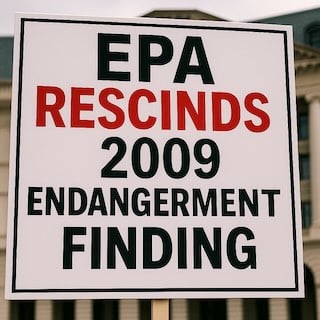
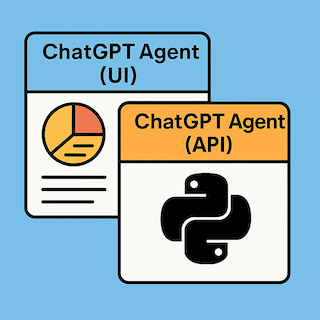
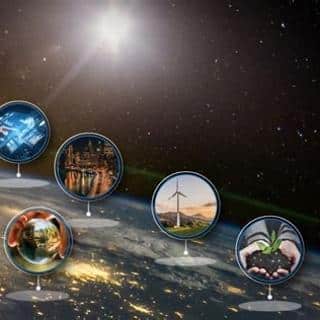
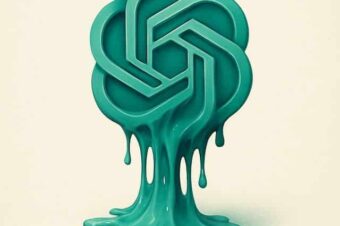


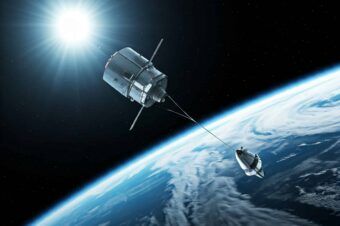
Leave a Reply